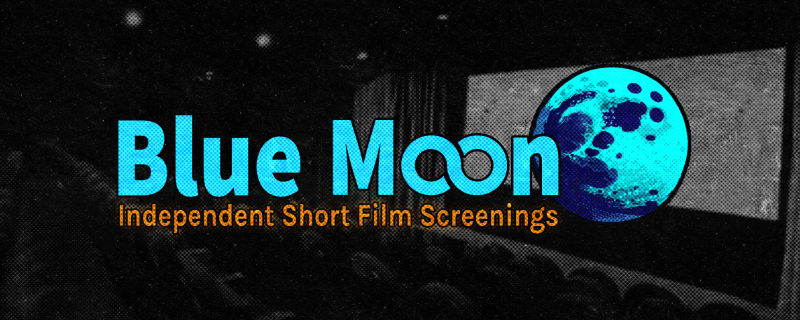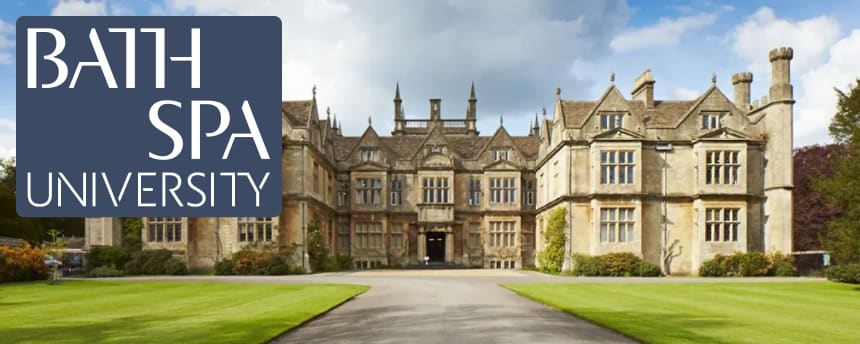

In Progress
The Discordance of Brutalism (Photography)
This series explores the polarizing views of brutalist architecture in the UK.
I seek to capture the beauty and controversy of these concrete structures and examine the discordance between the utopian ideals that inspired their creations and the often-dystopian reputations of the buildings today.
In the mid-20th century, brutalism was seen as anti-bourgeois, unpretentious and egalitarian. These new concrete structures were built to serve the needs of the people who used them rather than act as symbols of wealth and power. Architects such as Le Corbusier, and Aliso and Peter Smithson believed they were playing a vital role in the creation of a new modern, socialist age.
However, the reality of living and working in these buildings often made people feel oppressed and isolated. They soon became symbols of class segregation, a way to keep the poor and the wealthy apart. This led to the use of Brutalist design in many highly successful dystopian films such as A Clockwork Orange and Bladerunner which only increased these negative feelings towards the architectural genre.
Whilst many brutalist buildings are being torn down or left to decay, others are being celebrated. London's Barbican Centre for example is grade II listed and offers some of London's most expensive housing. These buildings have become the symbols of wealth and privilege that they were originally meant to oppose.






